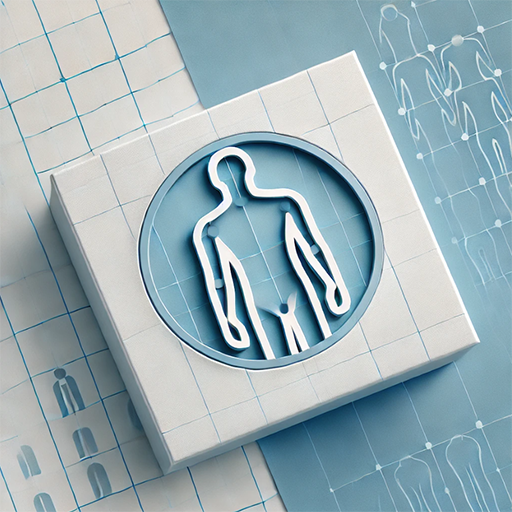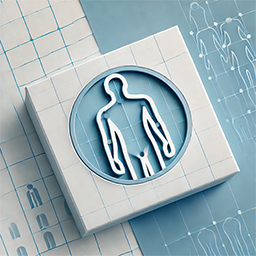Many people struggle with hunger when trying to lose weight. One of the most common concerns is that reducing calories means eating smaller meals and feeling deprived. But the truth is, you can eat more and still lose weight—it’s all about the kinds of foods you choose. Enter low-calorie-dense foods. These foods allow you to eat large portions without overloading on calories. If you’re looking to lose weight without feeling hungry, low-calorie-dense foods might be your new best friend. Let’s take a closer look at how they work and how to make them a part of your everyday meals.
What Are Low-Calorie-Dense Foods?
Low-calorie-dense foods are foods that have fewer calories per unit of weight or volume. These foods tend to be high in water, fiber, or air, which means they take up more space in your stomach, giving you the feeling of fullness, without adding a lot of calories. The key to these foods is that they allow you to enjoy larger portions while keeping your calorie count low.
Examples of low-calorie-dense foods include:
- Vegetables: Leafy greens (spinach, kale, lettuce), cucumbers, tomatoes, broccoli, and cauliflower.
- Fruits: Watermelon, strawberries, oranges, apples, and berries.
- Whole Grains: Oats, quinoa, barley, and brown rice.
- Lean Protein: Skinless chicken breast, fish, turkey, and tofu.
- Legumes: Lentils, beans, and chickpeas.
These foods are nutrient-dense, meaning they provide essential vitamins, minerals, and fiber without the extra calories. By filling your plate with these foods, you can eat larger meals that are satisfying and healthy.
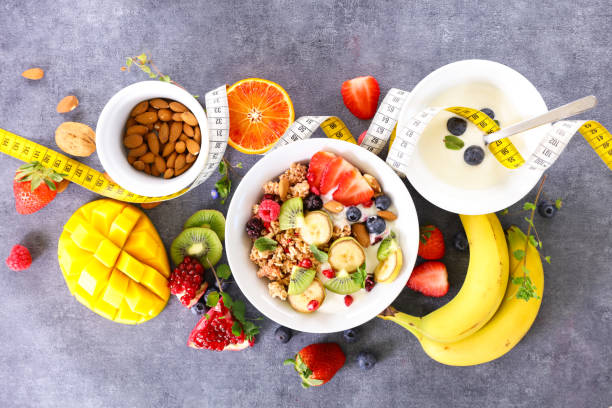
Why Are Low-Calorie-Dense Foods Great for Weight Loss?
Low-calorie-dense foods help with weight loss by allowing you to eat more food without consuming too many calories. Here’s why they work:
1. They Keep You Full Longer
One of the main challenges of dieting is hunger. But when you eat low-calorie-dense foods, the volume of food you eat makes you feel full. Vegetables and fruits are high in water and fiber, both of which contribute to feelings of fullness. This helps reduce cravings and prevents overeating.
2. They Allow Larger Portions
By choosing foods that are low in calories but high in volume, you can enjoy larger portions. For example, a salad filled with vegetables takes up a lot of space on your plate but doesn’t contain as many calories as a smaller portion of pasta or pizza. This can help you feel like you’re eating more while still staying within your calorie goals.
3. They Promote a Healthy, Balanced Diet
Low-calorie-dense foods are typically rich in essential nutrients like vitamins, minerals, and antioxidants. Unlike processed foods, which might be high in calories and low in nutrients, low-calorie-dense foods provide the fuel your body needs while supporting your overall health. This makes it easier to maintain your diet long-term without feeling deprived or nutrient-deficient.
How to Add Low-Calorie-Dense Foods to Your Diet
Incorporating more low-calorie-dense foods into your meals is easier than you think. Here are some simple strategies to help you get started:
1. Start Your Meal with Vegetables
Vegetables are among the best low-calorie-dense foods you can eat. Start your meal with a big serving of salad or steamed vegetables. This can help fill you up and curb your hunger, making it easier to control portion sizes for the rest of your meal. Try mixing different veggies like spinach, cucumbers, bell peppers, and tomatoes to keep things interesting.
2. Swap High-Calorie Snacks for Fruits
Snacking can be a big problem for those trying to lose weight. Instead of reaching for high-calorie snacks like chips, cookies, or candy, opt for fruit. Water-rich fruits like watermelon, strawberries, and grapes are not only refreshing but also filling. They satisfy your sweet tooth without the added calories.
3. Add Lean Proteins to Your Meals
Protein is important for keeping you full and maintaining muscle mass during weight loss. Choose lean protein sources such as chicken breast, turkey, fish, tofu, or eggs. These foods are low in calories compared to fatty cuts of meat, but they are packed with protein, helping you stay satisfied longer.
4. Choose Whole Grains Over Refined Carbs
When choosing grains, opt for whole grains like quinoa, oats, or brown rice instead of refined grains like white bread or pasta. Whole grains are higher in fiber, which not only helps you feel fuller but also provides steady energy throughout the day. Plus, they have fewer calories than processed carbs, making them a better choice for weight loss.
5. Use Water-Rich Foods to Your Advantage
Many fruits and vegetables have high water content, making them perfect for weight loss. Foods like cucumbers, tomatoes, lettuce, and watermelon are great for adding volume to your meals without packing on the calories. They also help keep you hydrated, which is important for overall health.
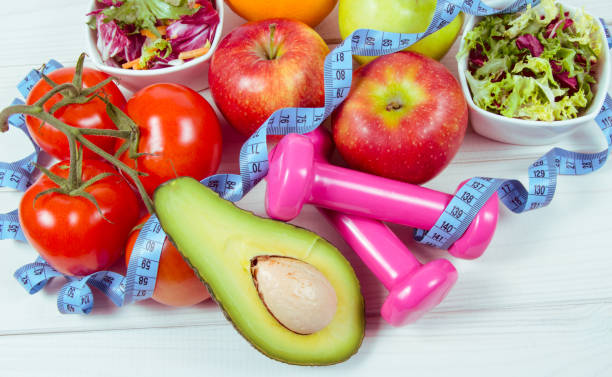
A Sample Day of Eating with Low-Calorie-Dense Foods
Here’s an example of how you can structure your day with low-calorie-dense foods to help you lose weight while still feeling full and satisfied:
Breakfast:
- A smoothie made with spinach, berries, almond milk, and a scoop of protein powder.
- 1 boiled egg on the side.
Lunch:
- Grilled chicken breast on top of a salad made with leafy greens, cucumbers, tomatoes, bell peppers, and a light vinaigrette.
- A side of quinoa.
Snack:
- A cup of strawberries and a handful of almonds.
Dinner:
- Grilled salmon with steamed broccoli and cauliflower.
- A serving of brown rice or quinoa.
Snack (if needed):
- A small bowl of watermelon or an apple.
By focusing on filling up on vegetables, fruits, lean proteins, and whole grains, you’ll stay satisfied without overdoing it on calories. You can enjoy larger portions and still lose weight by focusing on nutrient-dense foods.
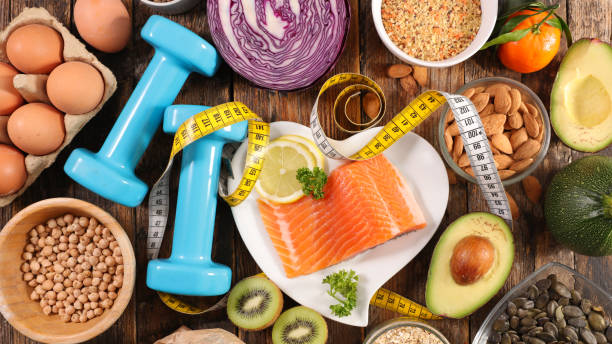
Additional Tips for Success
- Be mindful of your portion sizes: While low-calorie-dense foods are helpful for weight loss, it’s still important to watch portion sizes, especially when eating calorie-dense foods like nuts or oils.
- Stay hydrated: Drinking water throughout the day can help with hunger and prevent overeating. Consider drinking a glass of water before meals to help curb your appetite.
- Meal prep: Planning your meals ahead of time can ensure that you have healthy, low-calorie-dense foods readily available, making it easier to stick to your weight loss goals.
Conclusion
Losing weight doesn’t mean you have to eat less food; it means you need to eat the right kinds of foods. Low-calorie-dense foods provide the opportunity to eat large, satisfying portions without the calorie overload. By filling your plate with vegetables, fruits, lean proteins, and whole grains, you can enjoy more food and still stay on track with your weight loss goals. Start incorporating more low-calorie-dense foods into your daily routine, and you’ll soon see how easy it is to eat more while losing weight!

